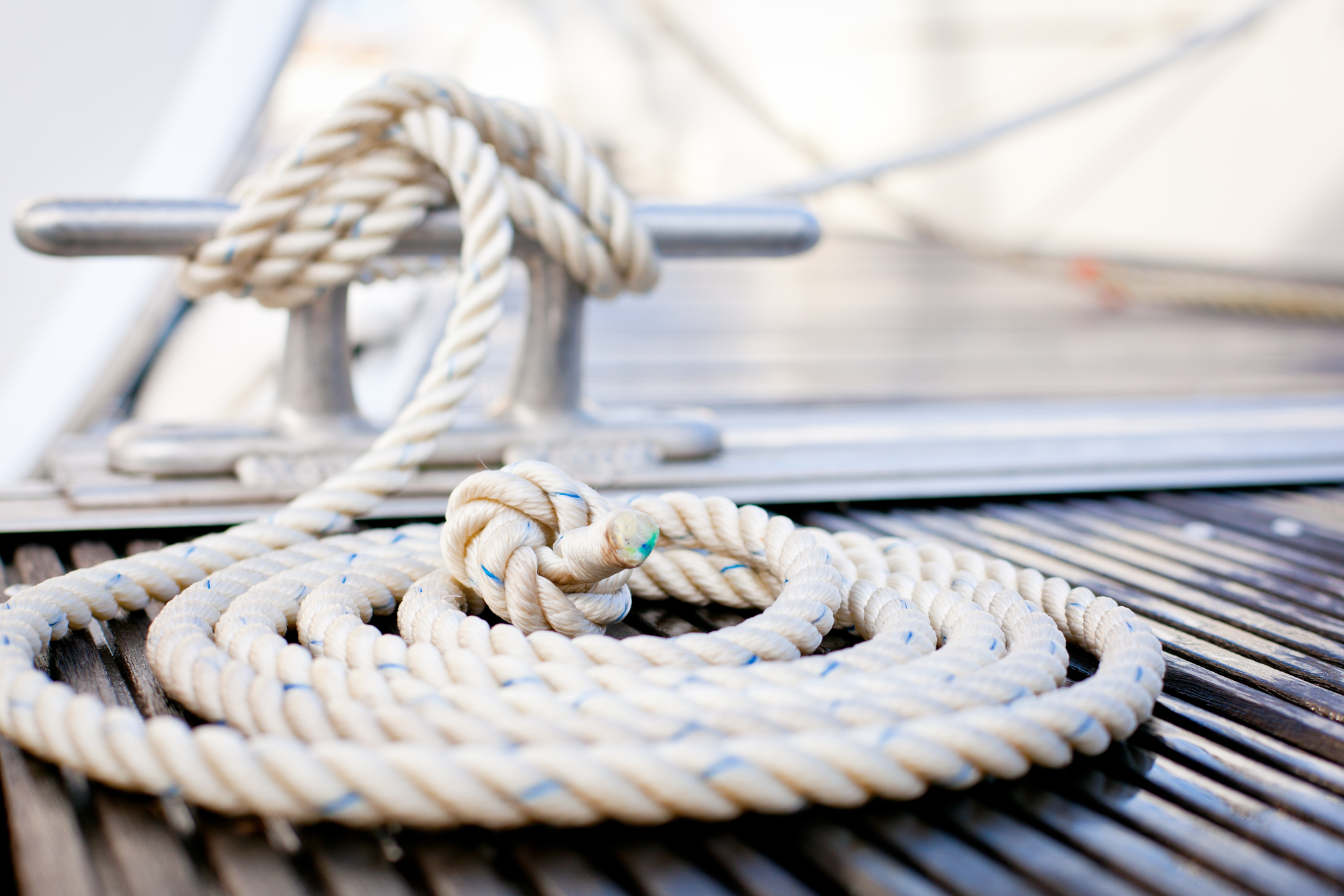
A Scissor lift is a vehicle that is motorized to ascend straight up using crisscrossing metal equipment. For this machine to be in operation, you require to have a certificate that is called a scissor lift certification. Here are some of its importance;
Stated by Law
It is illegal to operate a scissor lift without proper certification. It is the responsibility of the employer to ensure that the employees have gone through the training program to acquire a scissor lift certification. The scissor lift certification acts as a license to the employee. Therefore, the lack of it may lead to severe consequences. The employer and the employee will end up being on the wrong side of the law, which will be brought about by the inefficiency of the certificate. It also helps the employee to pass the inspection.
Helps the Employer to Recruit Employees
The scissors lift certification helps the employee to know fake applicants. The trained personnel is the only one to receive the certificate. Therefore, it is easy to disqualify scammers who are hungry for the job but not valid. The certification has legal signatures that are easily visible, and the employer can differentiate a real certificate from a fake one.
Keeps the Users Safe
Scissors lift certification keeps the employee, employer, and those around them safe. It is because the certificate is given to qualified employees, therefore preventing accidents and saving lives. The scissors lift comprises of heavy metals, and if it falls on someone, it will cause a lot of damage. It can be dangerous in possession of the uncertified user. It can even cause death and damage to property. That is the reason why it is illegal to use the machine without a valid certificate. Attaining the certification is cheaper than replacing the damaged property and compensation of the lost lives.
It comes along with an added advantage
Scissors lift certification comes along with the advantage of being trained to do the following;
Using a scissor lift safely.
It enables the operator to know how to use the scissor lift controls.
The operator gains the knowledge of how to lift and unload from a cargo.
To move along pedestrians, busy sites, other equipment, rough roads, and obstacles.
Operating the scissors lift on an outdoor basis, hills and slopes, and other types of terrain.
Enables the user to complete the inspection schedule.
The users gain knowledge on various repairs and maintenance procedures of the scissors lift.
The operator can notice any sense of danger or accident that may be caused by the lift.
In Conclusion
Scissors lift certification is very important. It is crucial for a business that requires the operation of the scissors lift click here for scissorlift certification card
